Dishonored is a stealth action game developed by Arkane Studios and published by Bethesda. This was a game I was most curious about, due to its style. It looked unique in every way from its visual presentation to its gameplay and the world design. I didn’t know what to expect, but with all the high praise and big names behind the game, I had high hopes. Let’s see if Dishonored can stand out in this mediocre year.
First Impressions
Dishonored is a Steamworks game, requiring the player to have a Steam account. This is beneficial in numerous ways; for those who are (for some reason) obsessed with achievements, Dishonored has plenty of them. The game will also never require a disk to play.
 However, what it lacks in graphics customization, it makes up for in gameplay customization. There are lots of options here, relating to HUD/notifications, difficulty, and other things. Very pleasant to see, though sadly you’re stuck with the large intrusive HUD.
However, what it lacks in graphics customization, it makes up for in gameplay customization. There are lots of options here, relating to HUD/notifications, difficulty, and other things. Very pleasant to see, though sadly you’re stuck with the large intrusive HUD. Everything else is more or less typical, from the key binding to mouse settings and so on. The plot of Dishonored is quite simple: it’s a revenge tale, but a highly stylized one. Why, I’ve loved such works in the past. Red Steel springs to mind, which is one of the most underrated games of all time. Or the Kill Bill movies, perhaps? But there can be much less bloodshed in Dishonored, if that’s how you choose to play it.
Everything else is more or less typical, from the key binding to mouse settings and so on. The plot of Dishonored is quite simple: it’s a revenge tale, but a highly stylized one. Why, I’ve loved such works in the past. Red Steel springs to mind, which is one of the most underrated games of all time. Or the Kill Bill movies, perhaps? But there can be much less bloodshed in Dishonored, if that’s how you choose to play it.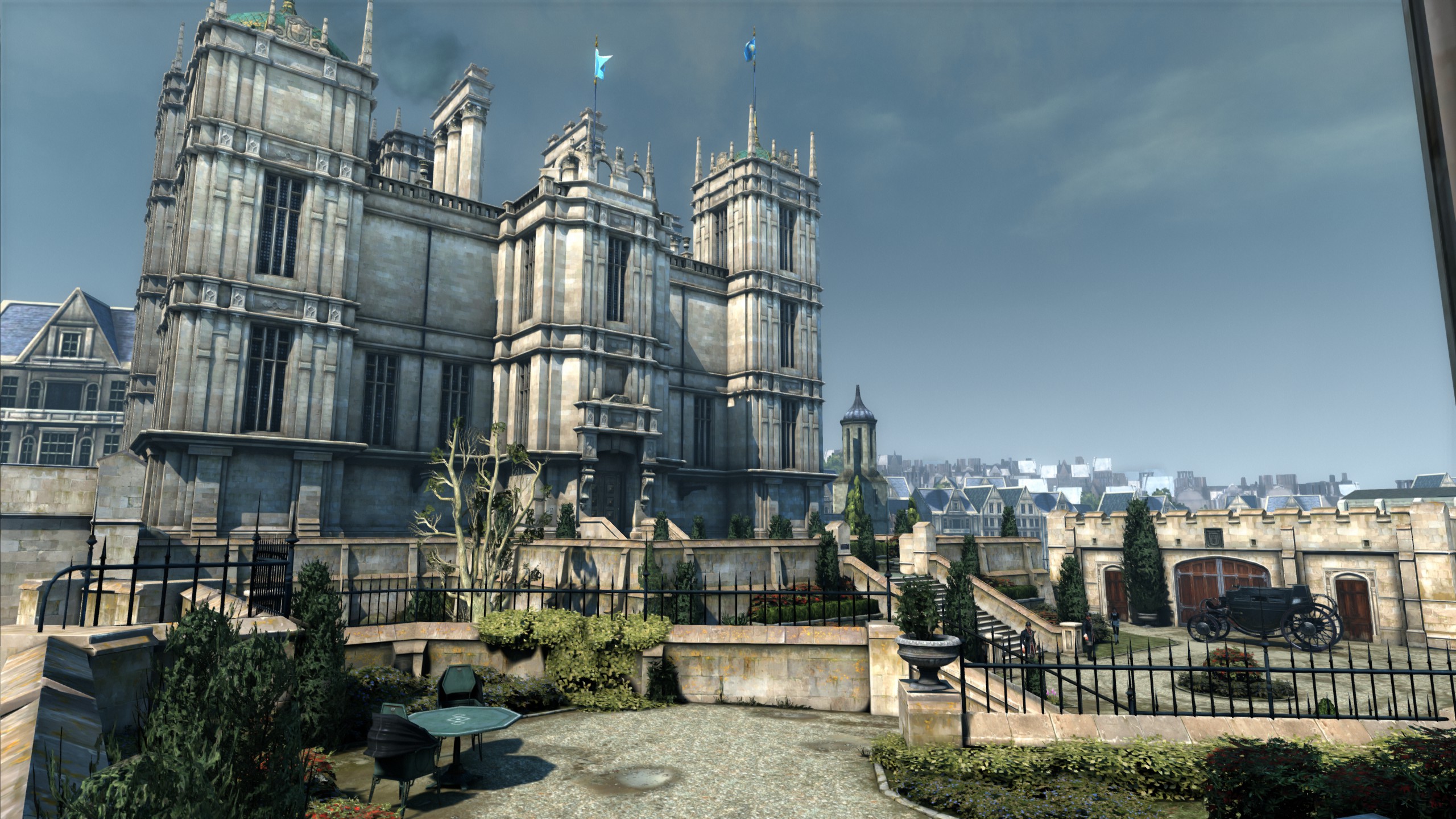 You play as Corvo Attano, the bodyguard and probable lover of Empress Jessamine Kaldwin. You also share a close bond with her daughter, Emily. The game takes place around the fictional city of Dunwall, during the Rat Plague, which has killed a large percentage of the city’s population. The Empress is murdered in cold blood, her daughter kidnapped, and Corvo is framed and imprisoned by the Lord Regent Hiram Burrows, while the Lord Regent takes the throne. Revenge being your motive, you escape from prison and pursue those who are truly guilty.
You play as Corvo Attano, the bodyguard and probable lover of Empress Jessamine Kaldwin. You also share a close bond with her daughter, Emily. The game takes place around the fictional city of Dunwall, during the Rat Plague, which has killed a large percentage of the city’s population. The Empress is murdered in cold blood, her daughter kidnapped, and Corvo is framed and imprisoned by the Lord Regent Hiram Burrows, while the Lord Regent takes the throne. Revenge being your motive, you escape from prison and pursue those who are truly guilty.
During the game you are contacted by The Outsider, a mysterious entity who is very much like the G-Man in the Half Life games. He is responsible for your special powers, which I’ll discuss later.

Along the way, you meet a group of Loyalists who want to assist you in bringing down the Lord Regent and establishing new order. You and this group work together; they provide intel, equipment, and more importantly a temporary home. This home becomes a hub area for you.
Dishonored provides the player with many choices, such as gameplay style. You can play the game in a “hack n slash” fast paced manner, which is not recommended. Stealth is highly emphasized, and even then you can choose to kill, incapacitate, or sneak around your opponents. The more you kill, the darker the world becomes: rats and Weepers (zombies) become more common, and characters view you differently and have different dialogue. Your decisions and gameplay style also determines your ending. This is the attention to detail we love to see.
So that’s the essential plot of Dishonored. The story isn’t overly complicated, but it is complete enough to make you feel that you want to finish it. I’d like to make comments about the art design of the game. The main art designer of Half Life 2 was behind Dishonored, as you can see by several obvious references…
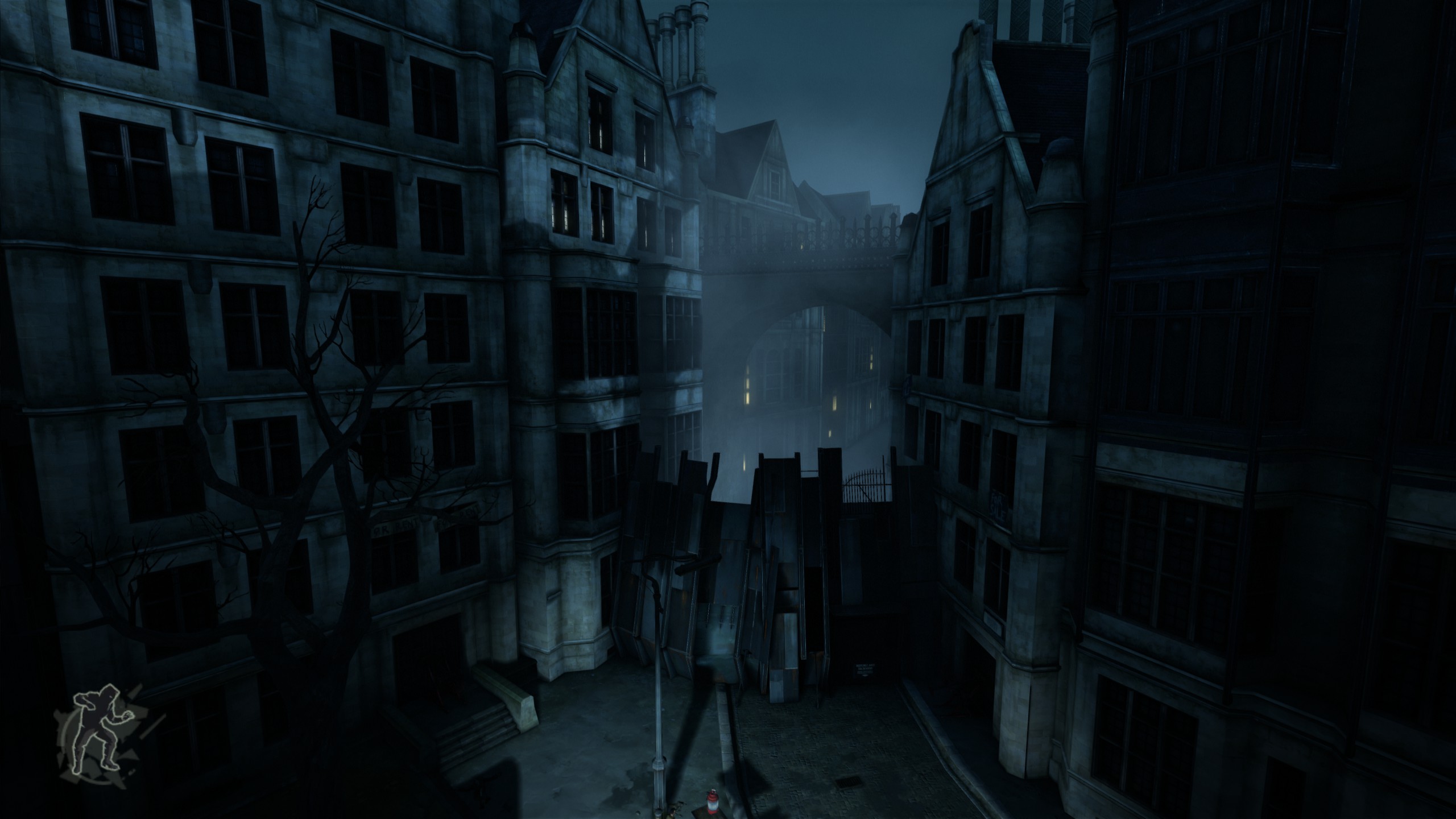
The steampunk inspired world design is stunning, unique, mysterious, and simply wonderful. It combines the look of an older world (clothing design and many architectures) with more futuristic technology, similar to Half-Life 2. The lore is very interesting, and it is surprising how much lore is actually in the game. You can find all sorts of books throughout the game, which you can read, and listening to NPC dialogues is also revealing. Only a truly talented artist can make this work, and they certainly did. It has so many uniquely textured and modeled buildings, structures, interiors, and more all throughout the game to avoid looking blatantly tile-based.
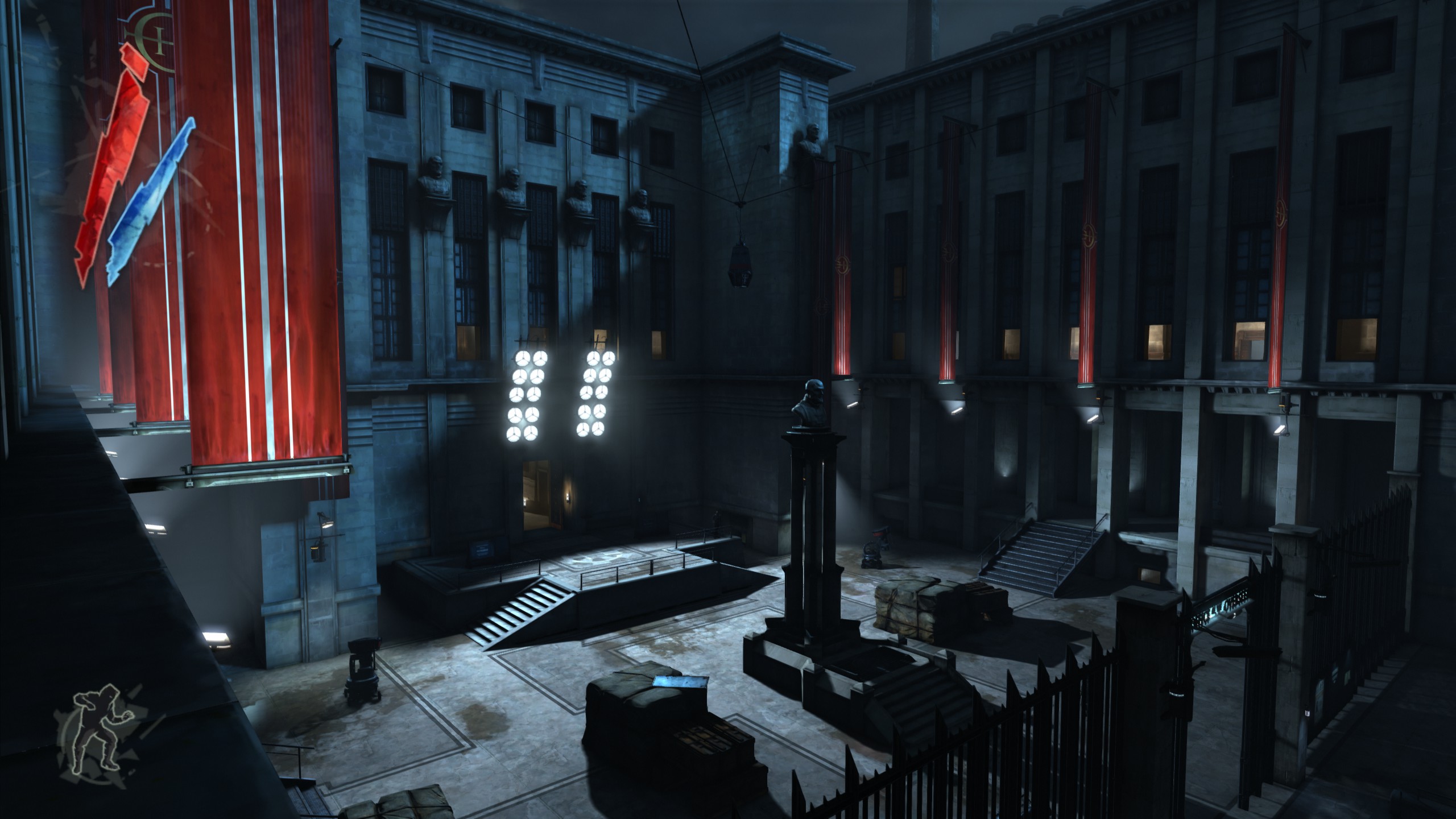
The world in Dishonored is falling apart, and this happens even more if you kill most of the game’s enemies and thus fall into the category of “High Chaos” which we’ll explain on the next page. In the image below you can see the effects of the rat plague; a large train is disposing of dozens of infected corpses into a massive, growing pile.
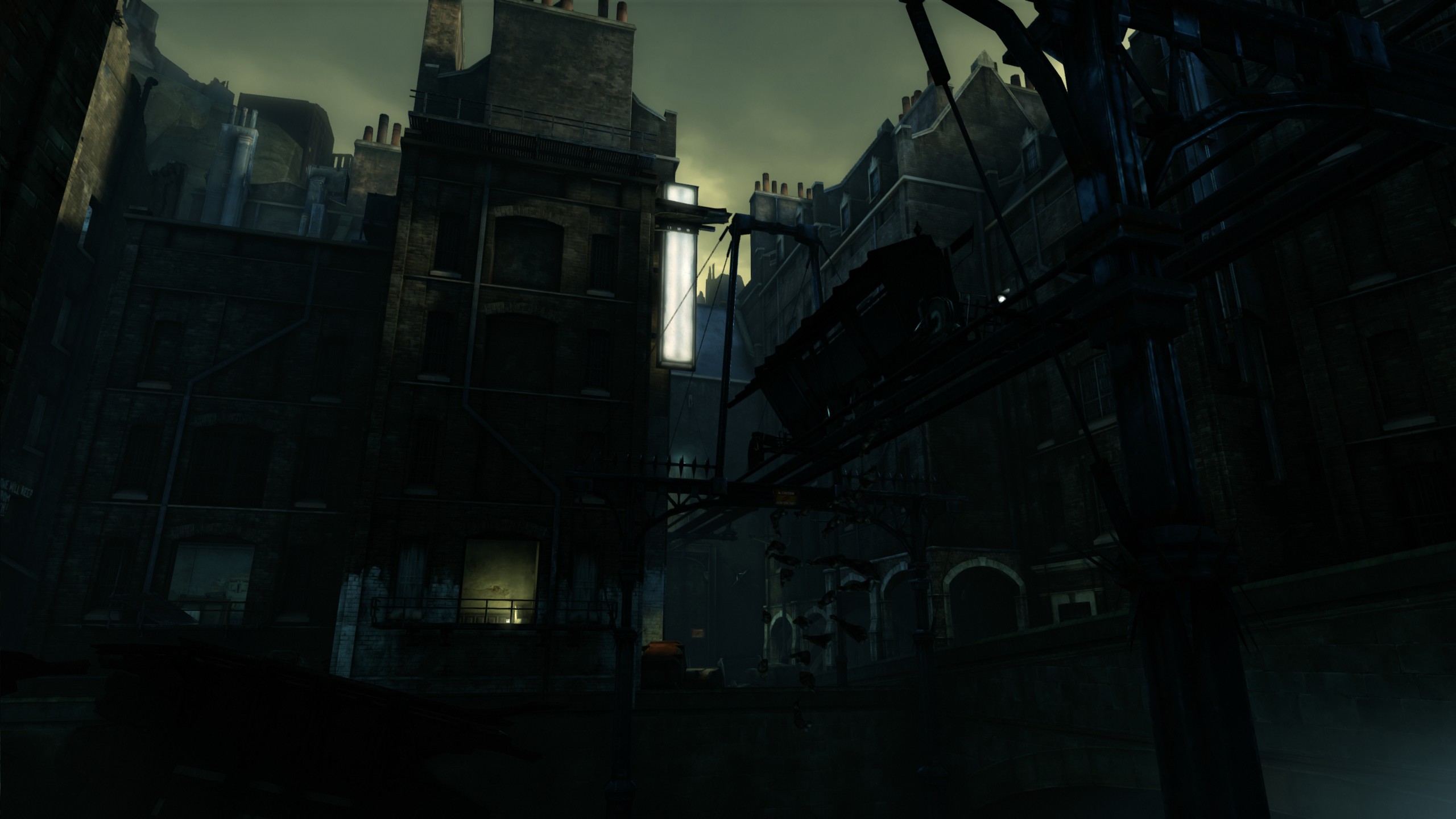
Dishonored also has a distinct, artistic graphics design which I’ll discuss more later. It’s supposed to resemble a painting. Some like it, some hate it, but it has the tendency to grow on those who don’t like it. That’s all I’ll say about this in this section, so let’s move onto gameplay.
Gameplay
Stealth is the emphasized gameplay style in Dishonored. The darkness is your ally. Whether you kill, incapacitate, or remain undetected is up to you. Just remember the aforementioned consequences for each choice. Though you can run around, slashing and shooting, it’s not recommended since the emphasis is on stealth, you’ll miss all of the lovely detail and items in the world, and you’ll probably die. Thankfully this game is challenging especially on harder difficulties, which isn’t as common as it should be.
Dishonored has an inventory system, “bone charms” which are very much like the artifacts in the S.T.A.L.K.E.R. games (equipped items granting mysterious powers), equipment upgrades, currency system, trading, dialogue options, guns and swords, and so on. It’s a very mixed and unique gameplay style, being a hub style stealth action game with RPG elements. This makes it so you have to really decide how you play, looking at the consequences and possible outcomes before making a decision.

After a mission your stats are recorded.

Thankfully Dishonored isn’t very linear. As mentioned earlier it is a hub style game, which means there is one safe zone in which you can do as you please (talk, trade) and start missions on your own accord. Every mission has dozens of ways to complete; there are many different pathways and routes to go.
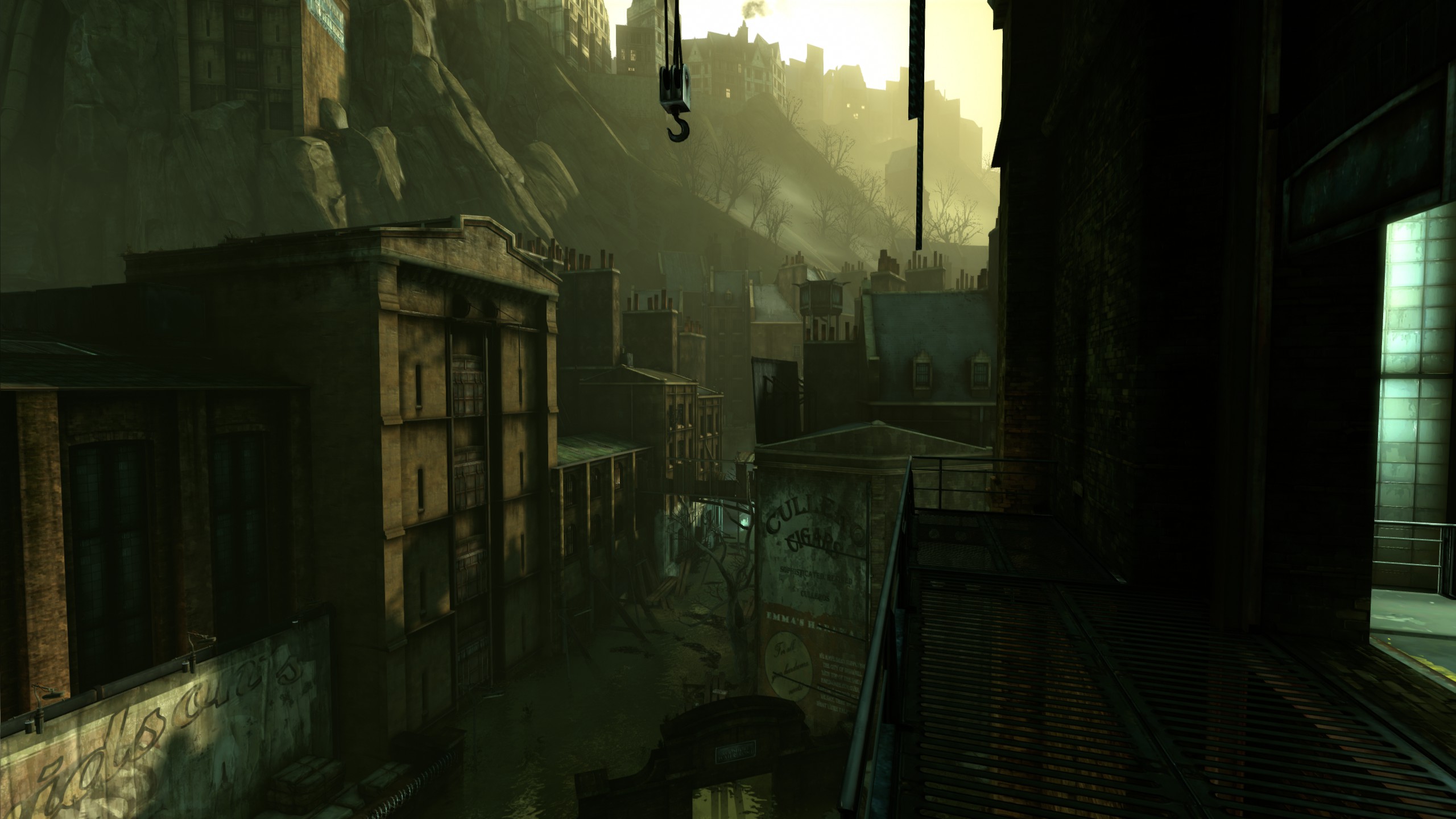
The inventory system is quite simple. By default you can wear up to three bone charms, or the artifacts I mentioned earlier, but this can be upgraded. Weapons and powers can be assigned to quickslots which is great to see. This means you can cycle through your weapons and powers using the 1-0 keys, so it actually uses every number key! No real complaints here, the layout is simple although some may take issue that the inventory itself is arranged in a radial menu which suits controllers more than it does mouse and keyboard.

Every level has a number of bone charms and runes hidden throughout. Runes are collected in order to choose special powers. Some require more runes than others. You can find runes and bone charms via a special item given to you early in the game by The Outsider. This item is a heart, that reveals people’s secrets if you point it at them and use it. Several things in the game also hint at it being the heart of Empress Jessamine Kaldwin.

These special powers drastically change up gameplay by giving you many new options. You can possess people or animals temporarily, slow down time, teleport, and so on.

Equipment can be purchased and upgraded, and doing so is a simple task. Again, the interface here leaves me with no complaints.

As a stealth game, the first thing many will ask about is AI. Games like this demand great AI programming, and thankfully Dishonored doesn’t disappoint… at least not compared to any other stealth video game. It may have the best AI of any stealth game. Enemies hear you only when they should: if you’re walking around, they’ll hear you and investigate the area. If you’re crouch walking, you’ll remain undetected if out of sight. You can hide in the shadows even without any cover, which is rare and great to see. The only problem with AI is that they can’t see long distance. But all things considered, AI is good in this game; if you are detected it is your own fault. A visual indicator tells you if you were spotted, and this like most other HUD elements can thankfully be disabled. Thankfully, Dishonored isn’t like the Metal Gear Solid games or Deus Ex in the sense that if one enemy spots you, everyone in the vicinity knows your exact location for the next 20-60 seconds.

One useful feature is the ability to peek through key-holes.

You can also pick up random objects and throw them as distractions.

If you’re not killing, you can apply a chokehold which will incapacitate foes if done properly. Once this is done, you can carry their bodies (after looting them of course) and then hide them. This is necessary, since if a body is spotted then AI goes on a cautious phase and may call for backup. Yes, you can carry dead bodies too. Sadly, AI goes on caution even if you hide an unconscious body on a bed or couch.

Enemy design has good variation, from normal human enemies (with a distinct artistic appearance) to Weepers which are essentially zombies. Rat swarms are an enemy you will encounter, which you’ll want to run away from. They can be used to your advantage; throw a body into one and they’ll flock over to it and begin to eat it, ignoring you.

Let’s not forget the Tall Boys, which are armored men residing on top of giant mechanical stilts equipped with an advanced bow firing incendiary bolts/arrows (same thing in this game).

Although you visit some areas more than once, it’s nice to see how much these areas have changed over time. Level design is perfect, and gets better and more impressive as you continue to play. The final level is just mind blowing.
Sword fighting mechanics are simple and very good: there’s a number of different slashing moves and holding the attack button does a more powerful attack. There’s a separate block button too, which if used at a precise time, will stagger your opponent. Shooting mechanics are very straightforward: just fire away. The game makes it so the sword is always in one hand, and a secondary item (projectile weapon or a power) is in another. For example, if you equip the pistol, your sword will still be in your other hand. If you equip the Crossbow, your sword will still be in your other hand.

Dishonored’s gameplay is as close to perfect as I’ve ever seen. The sneaking gameplay is excellent, due to the AI, multiple paths, and all of the options they give you. Sword fighting is more or less perfect. The RPG elements are mild but used very well; specifically how your gameplay affects how others view you, affects character interaction, as well as the ending. The more you kill, the higher your chaos statistic will be. This makes it so there are more rats, more Weepers, more negative attitudes toward you, personality changes in Emily, different dialogues, and a darker ending. Bravo, Arkane Studios.
Audio & Visuals
Dishonored uses Unreal Engine 3, but has a very unique look to it. The game is supposed to resemble a painting. All textures look like they’re painted. Some just say the game has low resolution textures, which is true, but the textures fit the painted style perfectly. The game mostly hits the mark; the only difference is a painting would look less clear.
Character models have an artistic look to them as well, mainly men. The power hungry ones are larger and have massive hands and a grotesque appearance to symbolize their lust for power. This isn’t true for the more innocent people however.

On a technical level the graphics are good. Forced ambient occlusion is supported for us NVIDIA users. Use the compatibility bit for Hawken. Forced supersampling (sparse grid) works wonders as well, using 0x080000C1 as the compatibility bit. The painted style is no excuse for the low polygon objects and poor anti-aliasing, however.
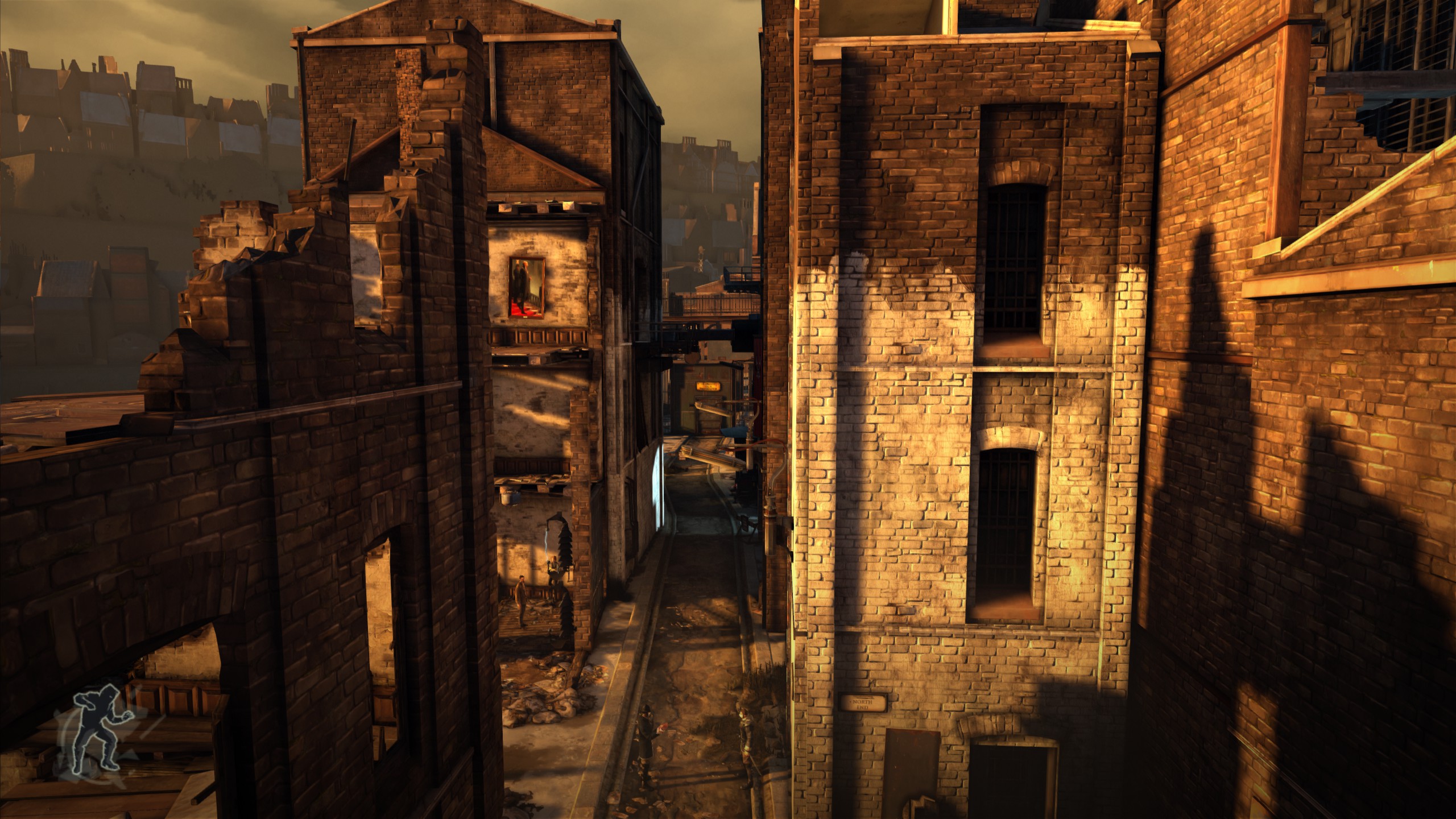
Dishonored’s lighting is very advanced, and the shader quality stands out too. Even today in 2016, with forced supersampling and HBAO+ the game looks stunning and the lighting is better than many others. This all applies to both indoor and outdoor visuals.
Dishonored is very strong in the audio department. The subtle soundtrack is perfect. It has dynamic music, which hits a perfect cue if you’re spotted during a mission. Voice acting is excellent, since it has several well known actors such as Lena Headey, Susan Sarandon, Carrie Fisher, and Chloe Grace Moretz. Sound effects are perfect too; audible footsteps are very useful for a stealth game. The sounds made by all weapons are great. A 5.1 or higher surround system will come in handy for this game.
Audio quality is fantastic in Dishonored, while the visual design is quite well done though could use a few technical improvements, in regards to polygon count and anti-aliasing. Some might like the painted design, some won’t. I was against it at first, but it grew on me and I’m fine with it now. Let’s conclude this review.
Conclusion
Dishonored shines as one of the best games released during this disappointing year. It is one of the most fun games I’ve played in a long time. As a stealth game, it’s close to perfect, and the added RPG elements and attention to detail add extra depth and put it in a league that few other games can match.
For a breakdown of our scoring system and how it works, look here.
- Presentation: Although it doesn’t have many graphics options, the amount of gameplay options mostly makes up for this. As far as bugs go, all I’ve noticed are occasional clipping issues which only happens under one circumstance; a Weeper’s lunge can sometimes bring them through walls. It’s not common and not very serious though. 19/20
- Story: The plot is nothing more than a revenge tale, but the storytelling is great and really makes it work. There’s enough substance and work put into it so that you’ll feel the need to advance through the story and actually achieve something. I appreciate some of the symbolism in the game as well as all of the lore. 17/20
- Gameplay: Dishonored is close to perfect in this regard. I have only compliments here. The sneaking, AI, action gameplay, and RPG elements are all extremely well executed. 20/20
- Audio & Visuals: Voice acting, sound effects, and the soundtrack are all perfect as well. Graphics could use some improvements in regards to polygon count on smaller objects, and also anti-aliasing, but overall the game looks very good if you like the style. Sound effects may be the best of 2012, and it’s really impressive how doors accurately and dynamically block out noise. 17/20
- Lasting Appeal: The game took me a little over 17 hours to complete, though if you raise the difficulty more it can easily last around 20 hours. It is easy to replay due to how fun it is, and because it has multiple endings that depend on your actions throughout the game. There isn’t much mod support, but the fact that you can do missions very differently makes it strong in this area. 17/20
- Overall: 90/100 (Greatness)


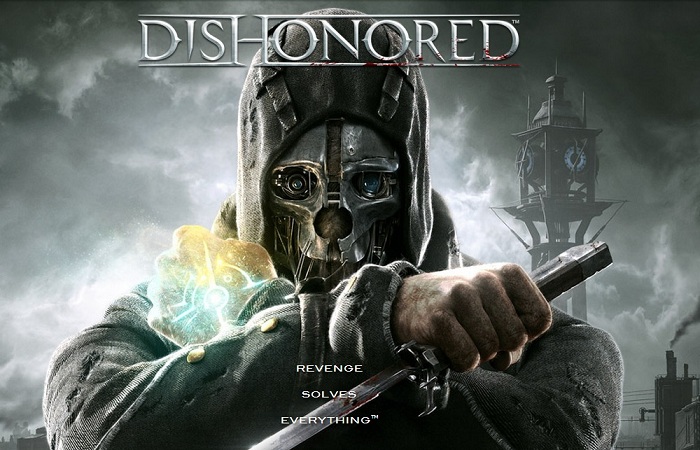
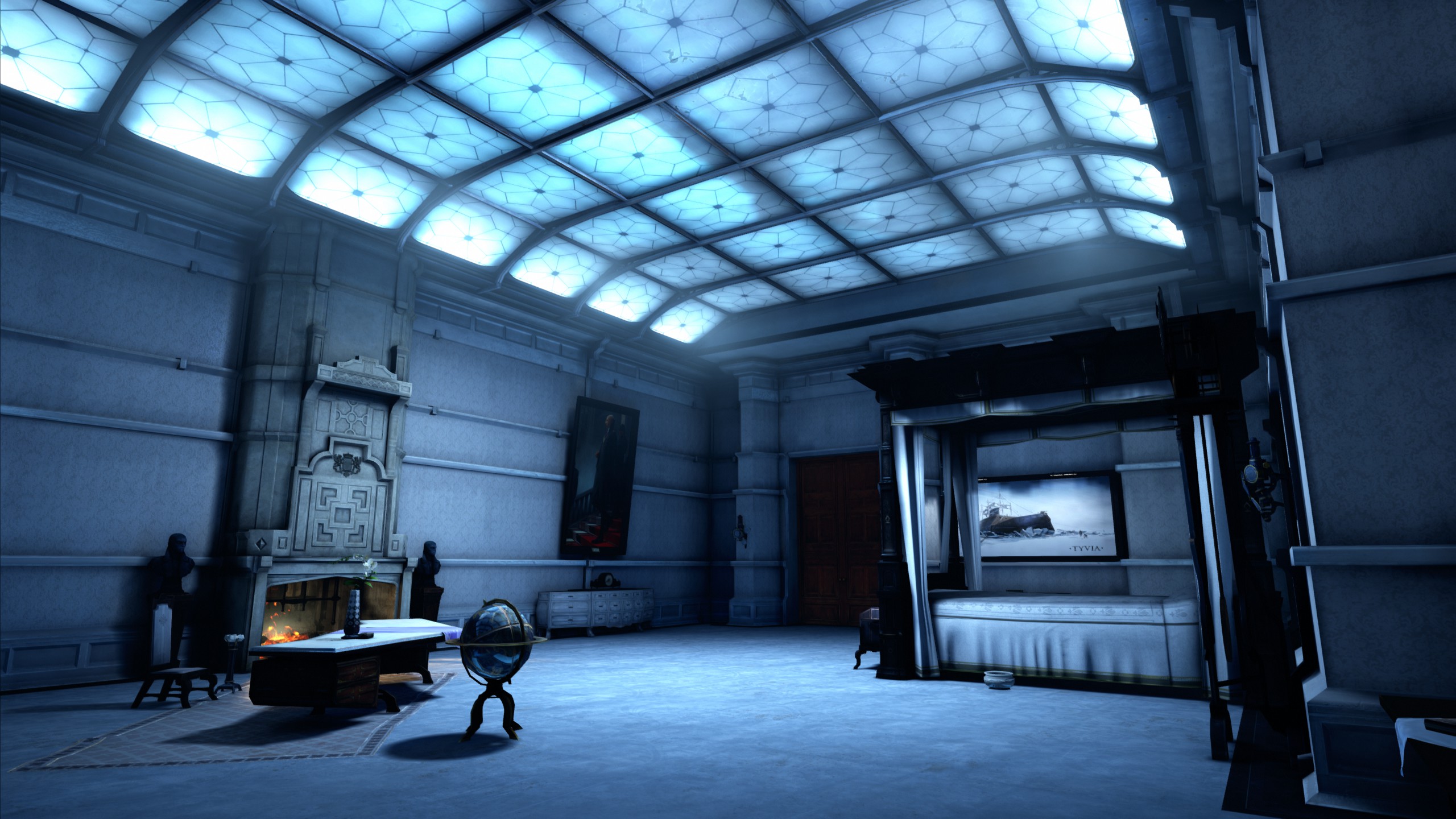


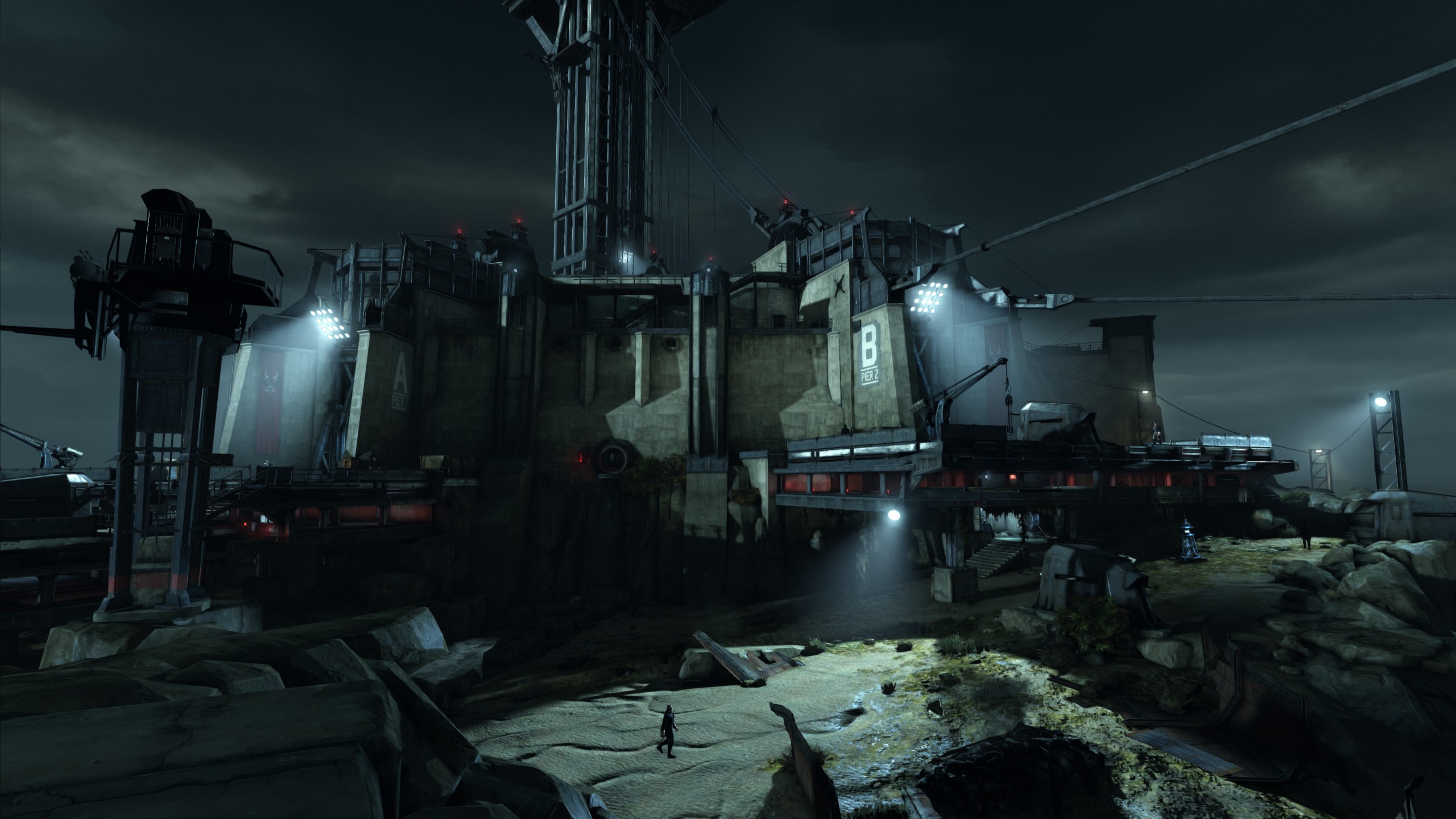


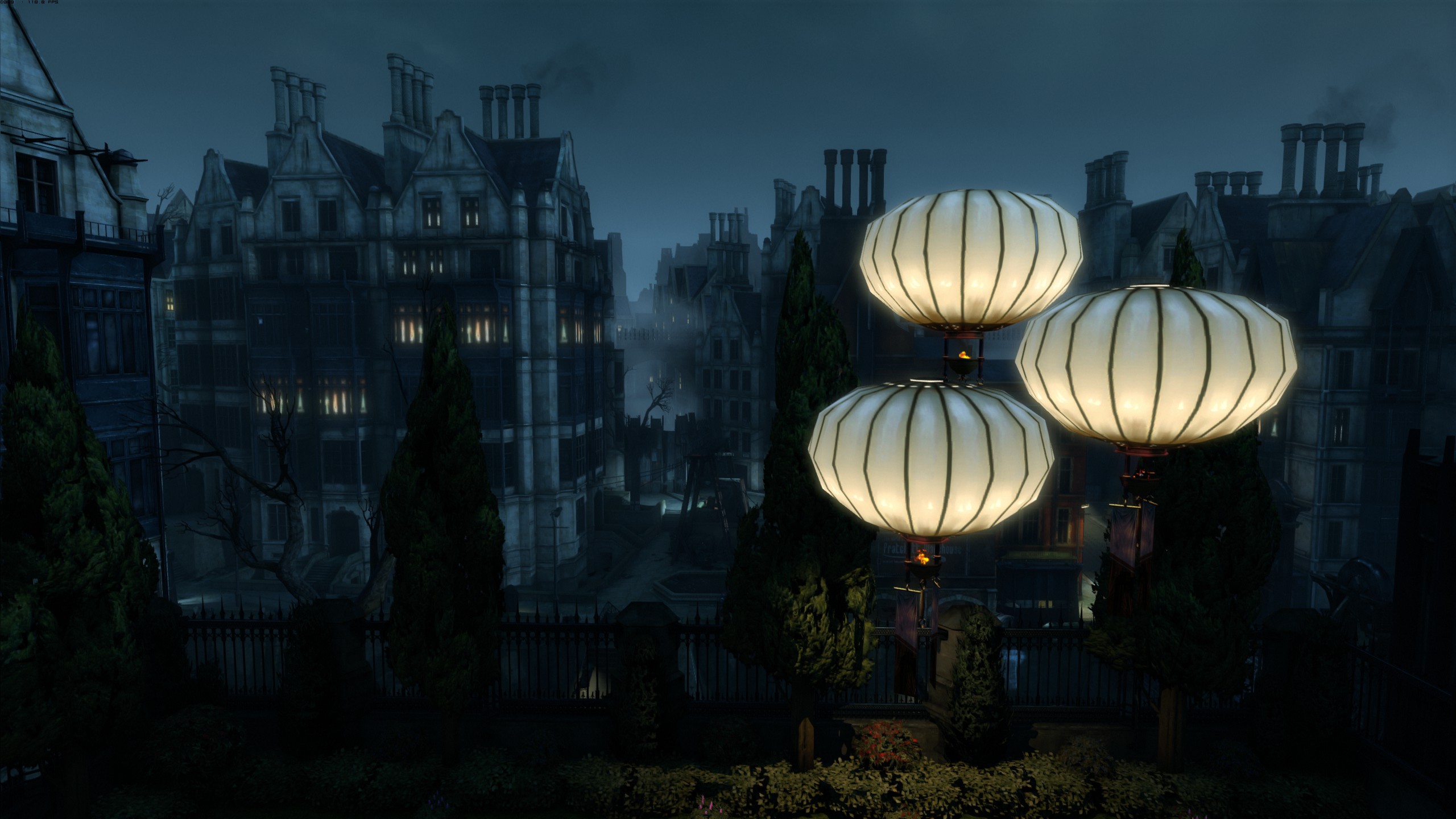
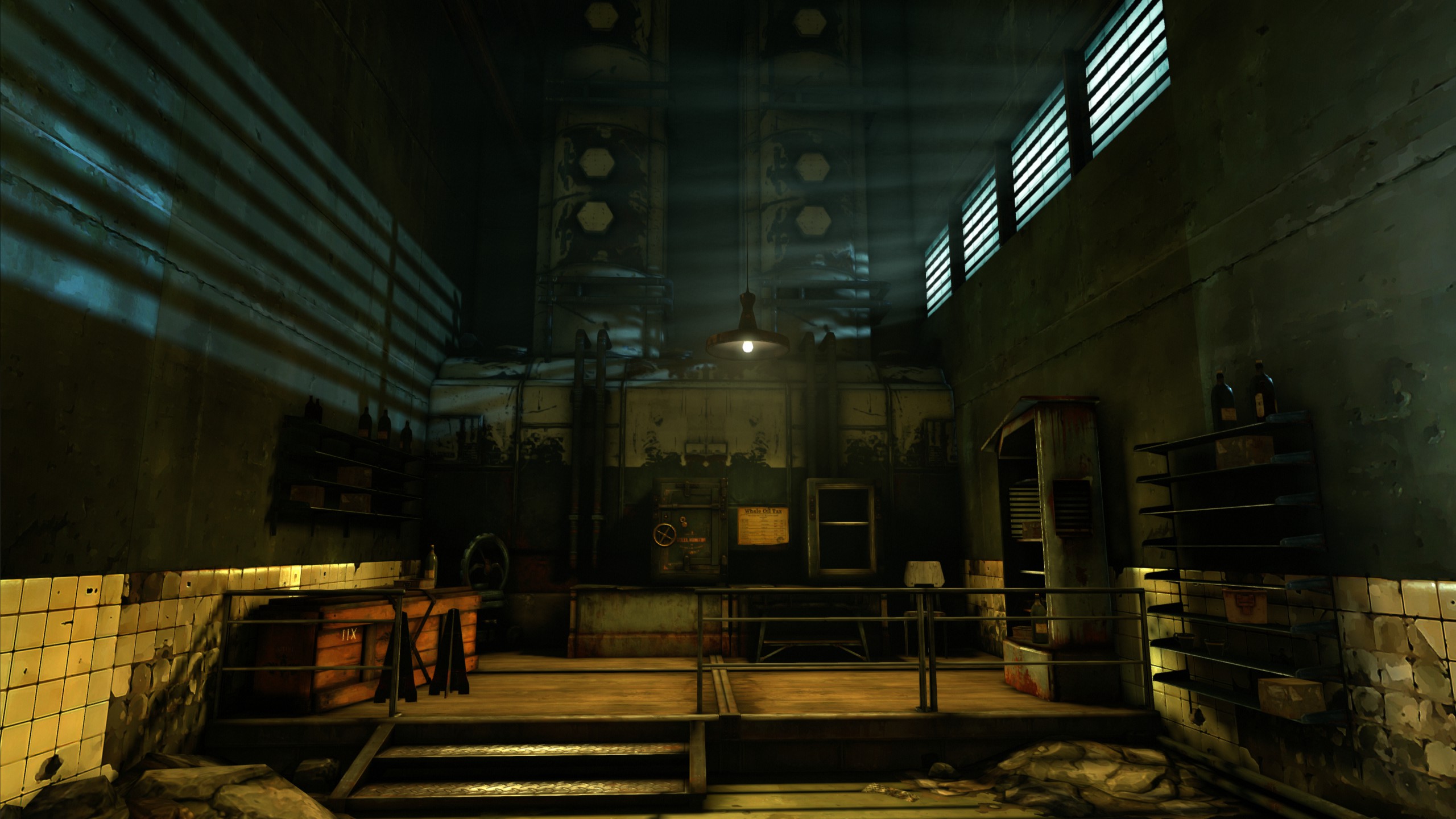
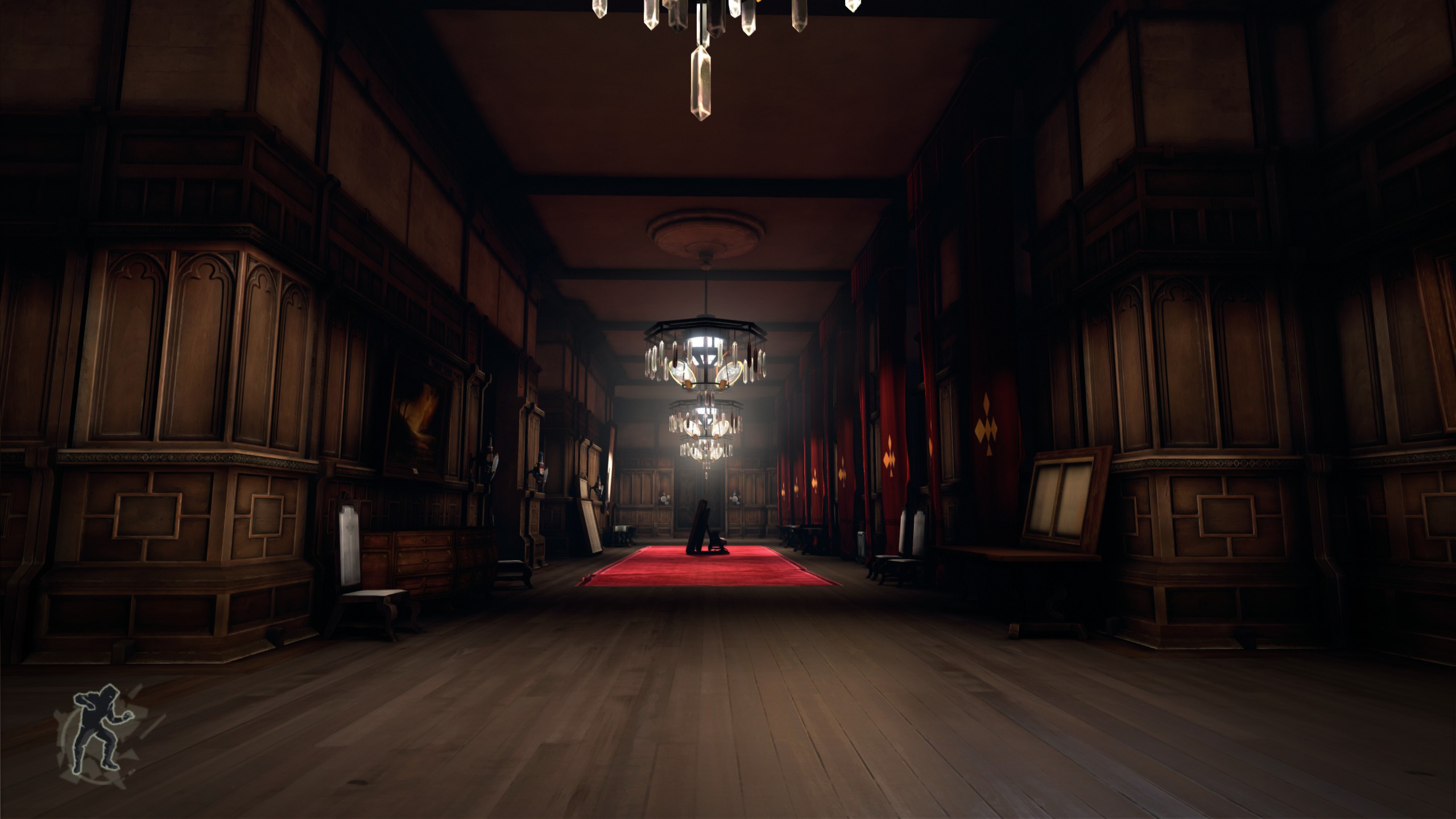




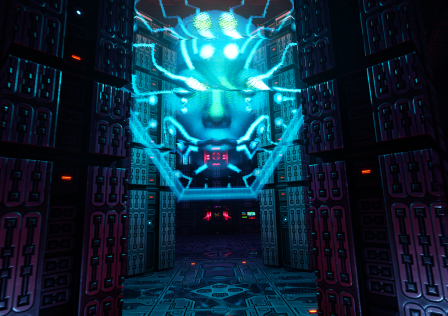
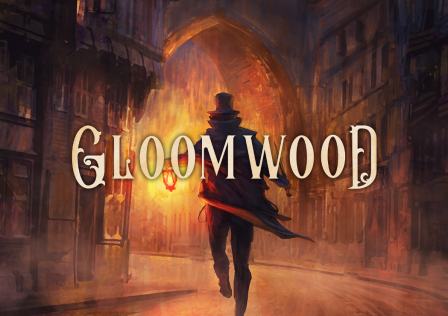

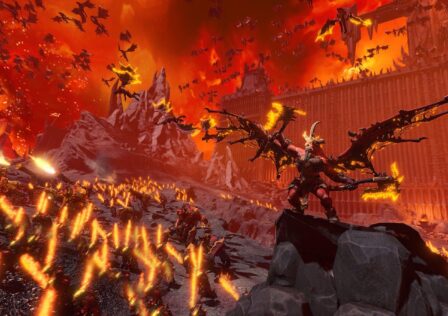

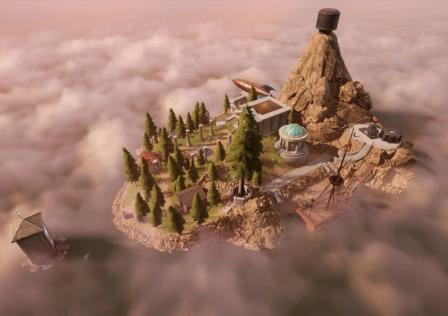
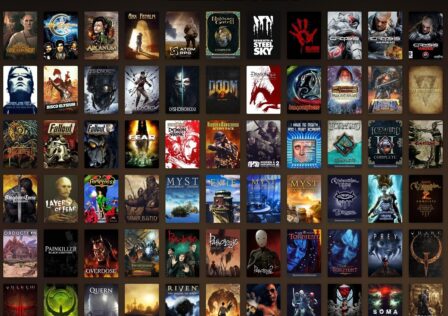
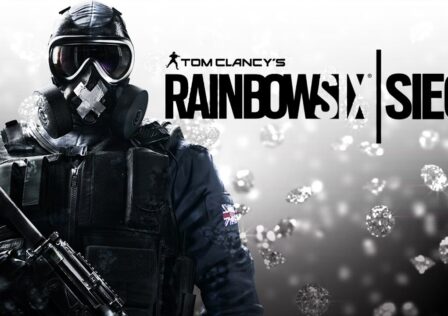

[…] unless you’re just in a bad situation. Enemy eyesight is quite poor, very similar to that of Dishonored. Here is a gameplay video showcasing stealth gameplay in Metro: Last […]
[…] Dishonored was one of the most magnificent new IPs to be released in the 2010s, and four years later we get its much awaited sequel. Dishonored 2 was developed by Arkane Studios and published by Bethesda Softworks, just like the first game. It is also Arkane’s first sequel, with their past games (Arx Fatalis and Dark Messiah: Of Might and Magic) never getting one. […]
[…] satisfying, and helps Miasmata stand out as one of the most unique games of 2012, up there with Dishonored but perhaps even more so. I’ll finish off this section by posting a 39 minute gameplay video […]